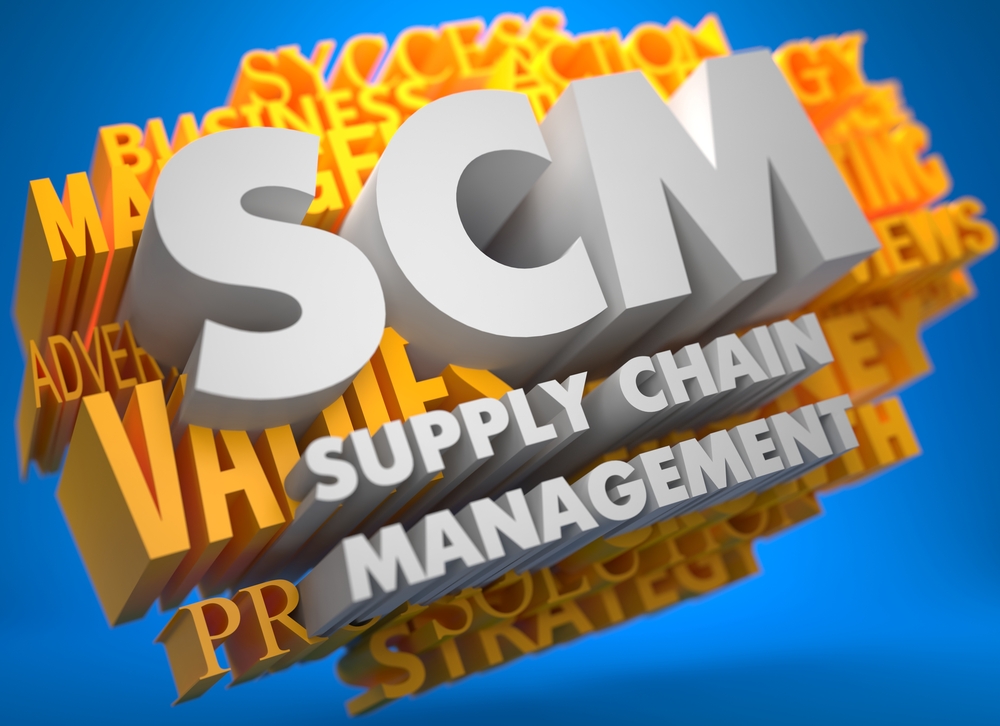Supply Chain Management Strategy Requires Flexibility & Agility
In today’s post-pandemic, digital-first world a successful supply chain management strategy requires both flexibility and agility. From B2B to B2C,...
2 min read
KPC_Admin : Aug 5, 2016 7:00:00 PM

The Supply Chain for a manufacturer is the functional equivalent of the body’s circulatory system. To work properly, it has to allow for the free flow of materials beginning with the raw and ending with the finished product at the customer’s door.
In a previous post, we touched on order fulfillment and its importance to the supply chain. The nutshell version is that manufacturers need to keep an eye on the entire supply chain, including order fulfillment, if they are to meet increasing customer expectations. Those that fail to do so will be unable to meet customer demands.
Keeping a constant eye on your supply chain will help you identify problems early, giving you time to adjust course. But no matter how closely you watch, your vigilance is meaningless if your supply chain strategy is lacking either one of two key characteristics: flexibility and agility.
Having a supply chain that is flexible and agile has always been important, but its importance has grown as technology has transferred more power to the consumer of your goods. And it doesn’t matter if you are B2B or B2C, today’s consumer has more supplier options than ever before and the increase in options has been accompanied by a decrease in customer loyalty. Simply put, consumers are more willing and able to run into the arms of your competitor whenever they believe a change is needed.
Scary stuff, I know, but you can function without fear when your supply chain is based on flexibility and agility. A successful supply chain management strategy requires the ability to adapt to change (flexibility) and to do so quickly (agility). If one of the two is missing, your chances of remaining competitive are diminished.
Each is important enough to command its own post, so we’ll spend the rest of this one focusing on flexibility.
Flexibility has always been an important part of managing a supply chain. The ability to adapt to changes in market demand is one key to remaining competitive. But market changes seem to come more quickly and frequently, keeping every link in the supply chain in a constant state of flux.
One dramatic change is that customers hold the reigns of the relationship and manufacturers have to be prepared to adjust based on their changing demands. Whether it’s changing demand patterns or product requirements, if you’re not able to adapt to the new reality, say goodbye to your competitive advantage.
History is replete with products that were launched to underestimated demand, and the companies that launched them were left scrambling to fill orders. Whether you are the manufacturer or one of the links, the pressure this puts on a supply chain is enormous. Imagine your most valuable customer calling to say they need to multiply their standard order by 5 because a new product is doing far better than anticipated.
What we have here is a classic example of an unforeseen market change and your ability to respond is directly related to your ability to keep your most valuable customer. Is your own supply chain flexible enough to adapt to the increased demand? Do you have a supplier network deep enough to provide the materials required to meet your customer’s requirements? If you can’t answer or if the answer is “no,” you need to take the necessary steps to turn each to “yes.”
In simple terms: if your supply chain doesn’t have the flexibility to adapt to market changes, foreseen and unforeseen, you are creating circumstances that cause customers to seek suppliers that can meet their requirements. And this is the type of loss that is usually permanent.
There are steps you can take to build flexibility into the supply chain. They go hand-in-hand with creating agility and we’ll talk about them in the next post.
For now, analyze the order history of your customers. Look for unexpected changes in demand and any patterns that accompany them. A thorough analysis might help you anticipate changes. Better yet, have a discussion with your customers. Find out what new products are on the horizon or if there are going to be changes to existing products that might change the demand curve.
Equipped with the right information, you will be in a better position to know if your supply chain has the flexibility necessary to adapt to market changes.

In today’s post-pandemic, digital-first world a successful supply chain management strategy requires both flexibility and agility. From B2B to B2C,...

35% of today’s workforce is made up of Baby Boomers. As with every generation, there are some generalizations that impact their outlook on...

Selecting an ERP system involves careful evaluation of ERP software and vendors, each with unique capabilities and benefits, as outlined in the ERP...